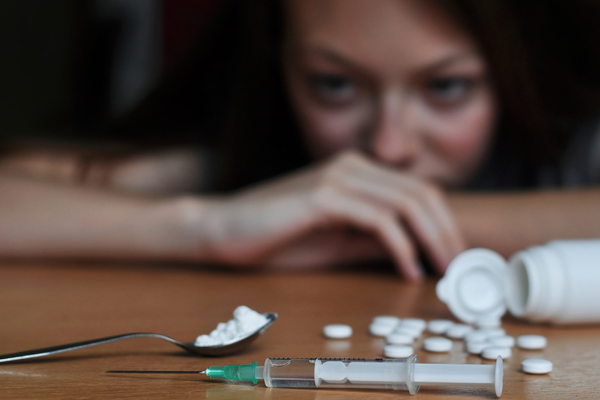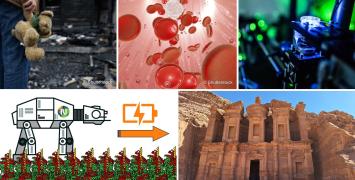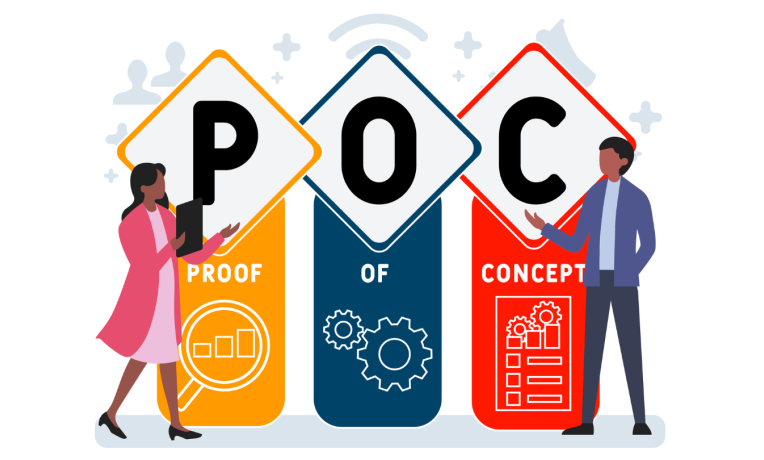
The latest ERC Proof of Concept funded projects are as always, extremely varied. We focus below on examples linked to preventing harmful adolescent behaviour, sustainable wastewater treatment, an app to help musicians learn how to play in a group, and process to help medical practitioners read and analyse DNA in real time. To get the full picture, read our press release, and for more inspiration, examine the full list of 166 recipients.
Tackling the societal challenge of harmful adolescent behaviour
Recent studies have found that substance abuse, depression, self-harm, and suicidal behaviour are increasing among adolescents. Yet we know very little about the complex interplay of psychosocial and biological factors that cause such harmful behaviour in young people.
Prof. Inga Dóra Sigfúsdóttir and her team studied an entire Icelandic birth cohort to understand harmful adolescent behaviors from both perspectives. Thanks to her earlier ERC Consolidator Grants, they have been developing a theoretical framework that combines biological, social, and psychological data into unified concepts over the past five years. This research resulted in a combined data framework that can be used to uncover and understand causal pathways to such behaviours, including self-harm, suicide, substance-use, and delinquency.
With her newly awarded Proof of Concept grant, Prof. Sigfúsdóttir and colleagues will initiate a collaboration with the Icelandic Institute for Intelligent Machines to build a computational infrastructure on this framework, creating a fully digitised toolkit that will benefit from digital automation, communication, and artificial intelligence methods. At the center of this strategy is a new detailed biopsychosocial computer simulation model with broad industrial, societal, and scientific impact. The final goal is to drive innovation and tackle the societal challenge of harmful adolescent behaviour.
Prof. Inga Dóra Sigfúsdóttir is Director of Research at the Icelandic Centre for Social Research and Analysis and a professor at the University of Reykjavik and Columbia University in New York City. She is also the founder and chief scientific officer of the Planet Youth Project and a 2016 winner of the Iceland’s Women of the Year Award.
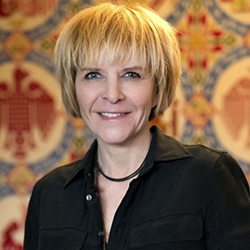
Project: Advanced Biopsychosocial Simulation for Harmful Adolescent Behaviour (LIFECOURSE-ABM)
Researcher: Inga Dóra Sigfúsdóttir
Host Institution: Icelandic Centre for Social Research and Analysis, Reykjavik University, Iceland
ERC Funding: € 150.000 over 18 months
2014 Consolidator Grant Project: Multilevel Analysis on the Effects of Stress on Biology, Emotions and Behaviour throughout Childhood (LIFECOURSE)
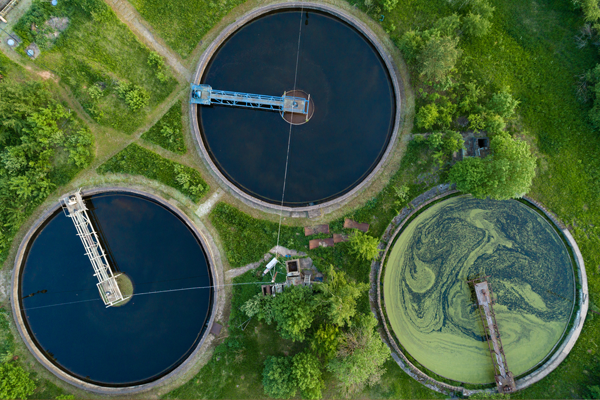
More sustainable wastewater treatment
Our world's clean water supply and public health is threatened by the increasing pollution of surface and groundwater. Wastewater Treatment Plants provide the main barrier between these ever-increasing human activities and the environment. But they produce huge amounts - up to 13 million tonnes per year in the EU alone - of unwanted semi-solid by-product or waste activated sludge (WAS).
Costs associated with WAS already account for nearly half of total Wastewater Treatment Plant operation expenses. It is therefore crucial to upgrade wastewater processes with new circular economy approaches and consider WAS as a resource rather than an unwanted end-product.
Slovenian mechanical engineer Matevž Dular will address this challenge by exploiting the effects of cavitation. Cavitation is the rapid creation and subsequent collapse of vapour bubbles (cavities) in a fluid. It improves and accelerates the anaerobic digestion of WAS, which means higher biogas production, mass and pathogen reduction plus odour removal.
As a result of knowledge gained during his previous ERC funded project CABUM, Prof Dular has already developed a rotating generator for hydrodynamic cavitation. This is a scalable and cost-effective device that works simultaneously as a cavitation generator and a pump.
To reach its full potential, the process needs to be extensively modernized and refined. His new CAVIPHY project team will develop a unique device that will pre-treat WAS (prior to anaerobic digestion). It will improve the disintegration, settleability and dehydration of waste activated sludge.
The results will be lower processing costs, as well as reduced volumes of WAS and therefore the environmental burden from its disposal. It will also produce methane – a renewable bioenergy source.
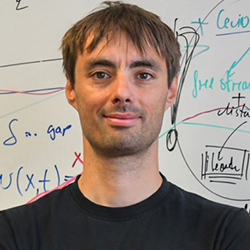
Project: Exploitation of extreme cavitation conditions for wastewater treatment (CAVIPHY)
Researcher: Matevž Dular
Host Institution: University of Ljubljana, Slovenia
ERC Funding: € 150.000 over 18 months
2017 Consolidator Grant Project: An investigation of the mechanisms at the interaction between cavitation bubbles and contaminants (CABUM)
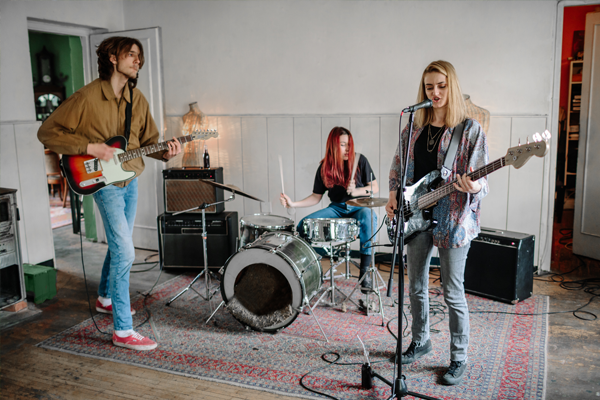
Making music together but apart
In today’s increasingly globalised world and with access to so many tools and gadgets, one challenge still remains: how can musicians learn to make and play music together, but while being physically apart? Making music together requires not only individual skills and musical expertise, but also the ability to coordinate one's actions with others.
In the last decade there have been several attempts to make music “live” via the internet, but there are various obstacles. First there is the technical side e.g. high bandwidth internet, situational adjustments that guarantee a reliable usable connection etc., and then there are human limitations e.g. the lack of sufficient opportunities for joint rehearsal, or the lack of research-guided exercises that would allow for learning transfer across pieces and partners.
Austrian researcher Natalie Sebanz aims to address these challenges with an app, a simple but highly innovative idea, allowing musicians to practice together, even when they are alone. Currently there are no training apps that specifically train musicians’ ability to play together - rather, they may improve the quality of joint playing by refining individual skills. Based on her solid record in social sciences, cognitive sciences, and humanities, Natalie plans to bridge the gap and bring a direct positive impact on society by contributing to a better musical education. While it certainly cannot replace real practice together, the project offers a distinct solution that could result in considerable gains both in the field and for the end users, by creating a useful and supportive learning method for musicians and offering an interesting graduation of difficulty levels with increasing learning success.
The app will be web-based and freely accessible to a large pool of users, providing a tremendous benefit to musicians across the world who are striving to improve their joint music making abilities.

Project: Training Alone to Play Together App (TAPTAPP)
Researcher: Natalie SEBANZ
Host Institution: CEU GMBH, AU
ERC Funding: € 150.000 over 18 months
Previous ERC funding: ERC-2013-CoG JAXPERTISE Joint action expertise: Behavioral, cognitive, and neural mechanisms for joint action learning social sciences, cognitive sciences, and humanities.
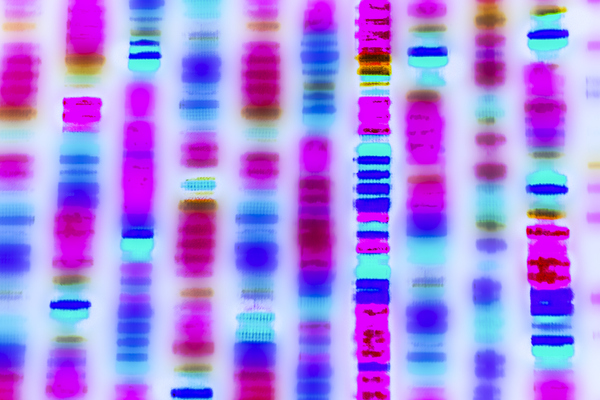
Diving into DNA genetic patterns to combat disease
Imagine a highly precise medical verdict on a suspicious tumor after a simple test. With her Proof of Concept grant, Prof. Irene Fernandez-Cuesta aims to develop a beyond the state-of-the-art DNA testing method with new applications in the field of tumour markers, biomarkers and cancer monitoring during treatment.
Her project, BloRead will provide an innovative DNA analysis for monitoring cancers and other diseases. This will be achieved by applying an ultra-fast, high throughput method for analysing DNA single molecules for liquid biopsy and other biomedical applications. The methodology allows retrieving the barcode of single molecules of DNA in real time, as they flow through a nanochannel in a fluidic device. In effect, a portable, lab-on-a-chip. It is predicted that the application of this technology could be utilised in many laboratories and clinical sites worldwide. The novel methodology can detect very small fragments, and has no limitation on molecules’ length, which is especially useful for applications dealing with ultra-long intact, genomic DNA.
Amongst the benefits of the project’s advanced technology, the result is expected to allow cheap and fast tumor material detection at low DNA concentrations. It enables flexible DNA labelling (customizable for different applications), microscope and camera-free set up, a visual record of the output, sensitive to single molecules, and a very high throughput, capturing tens of molecules per minute.
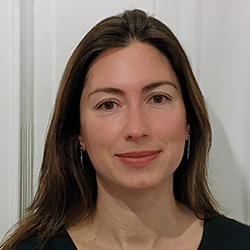
Project: Reading DNA in real time for medical applications (BloRead)
Researcher: Irene Fernandez-Cuesta
Host Institution: Universität Hamburg - INF
ERC Funding: € 150.000 over 18 months
Previous ERC funding: 2016 Starting Grant - Suspended Fluidic nanochannels as optomechanical sensors for single molecules (FLUINEMS)

